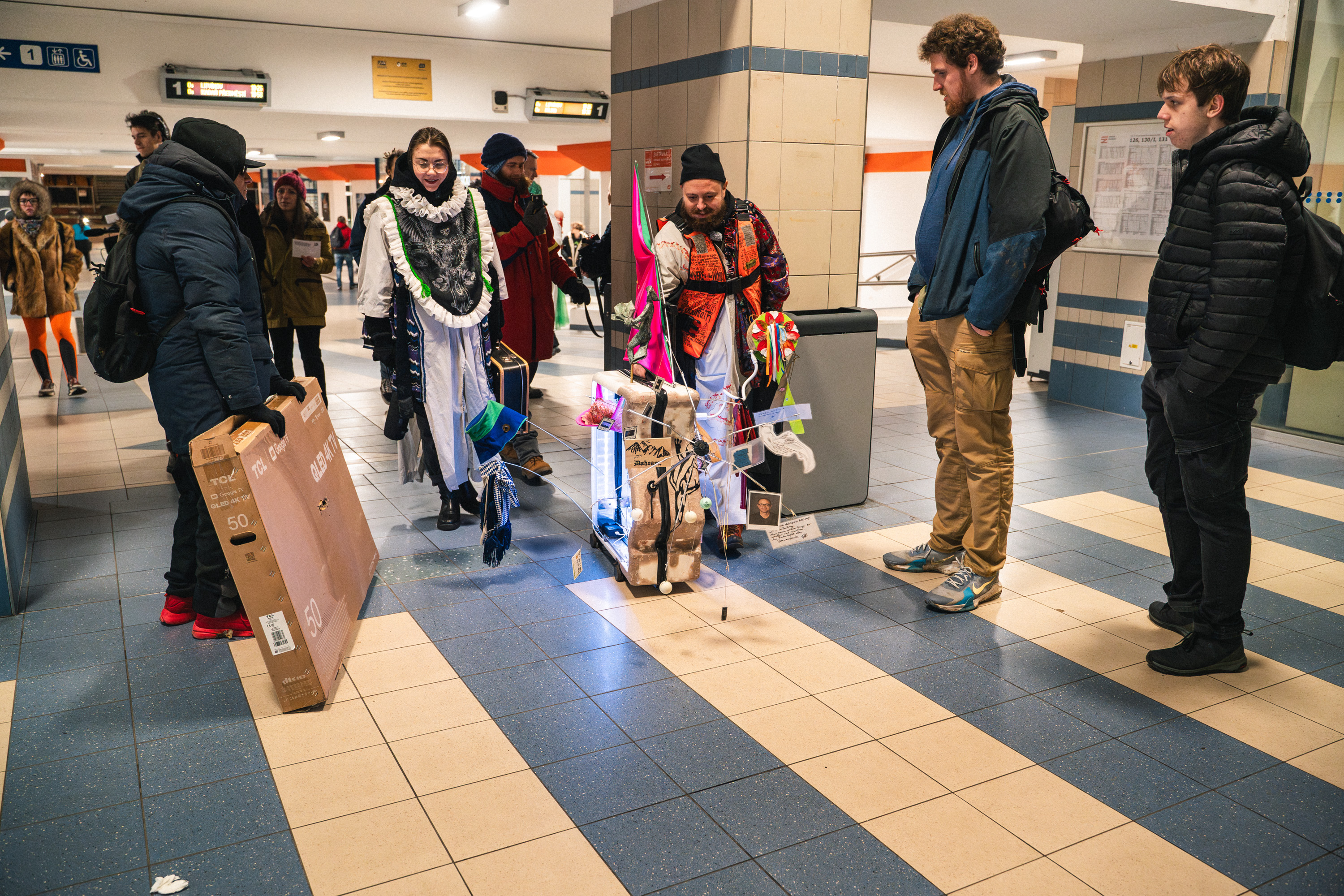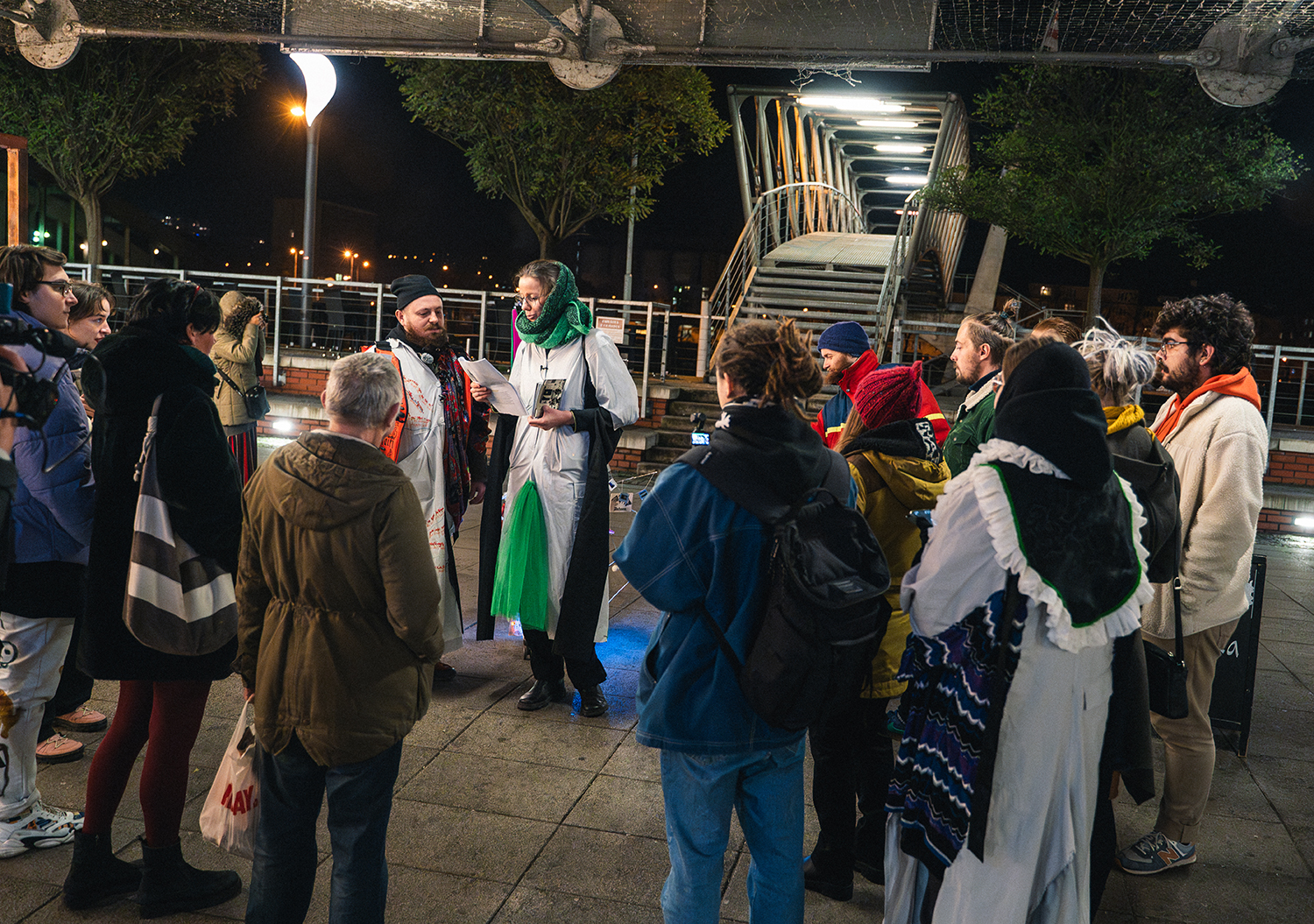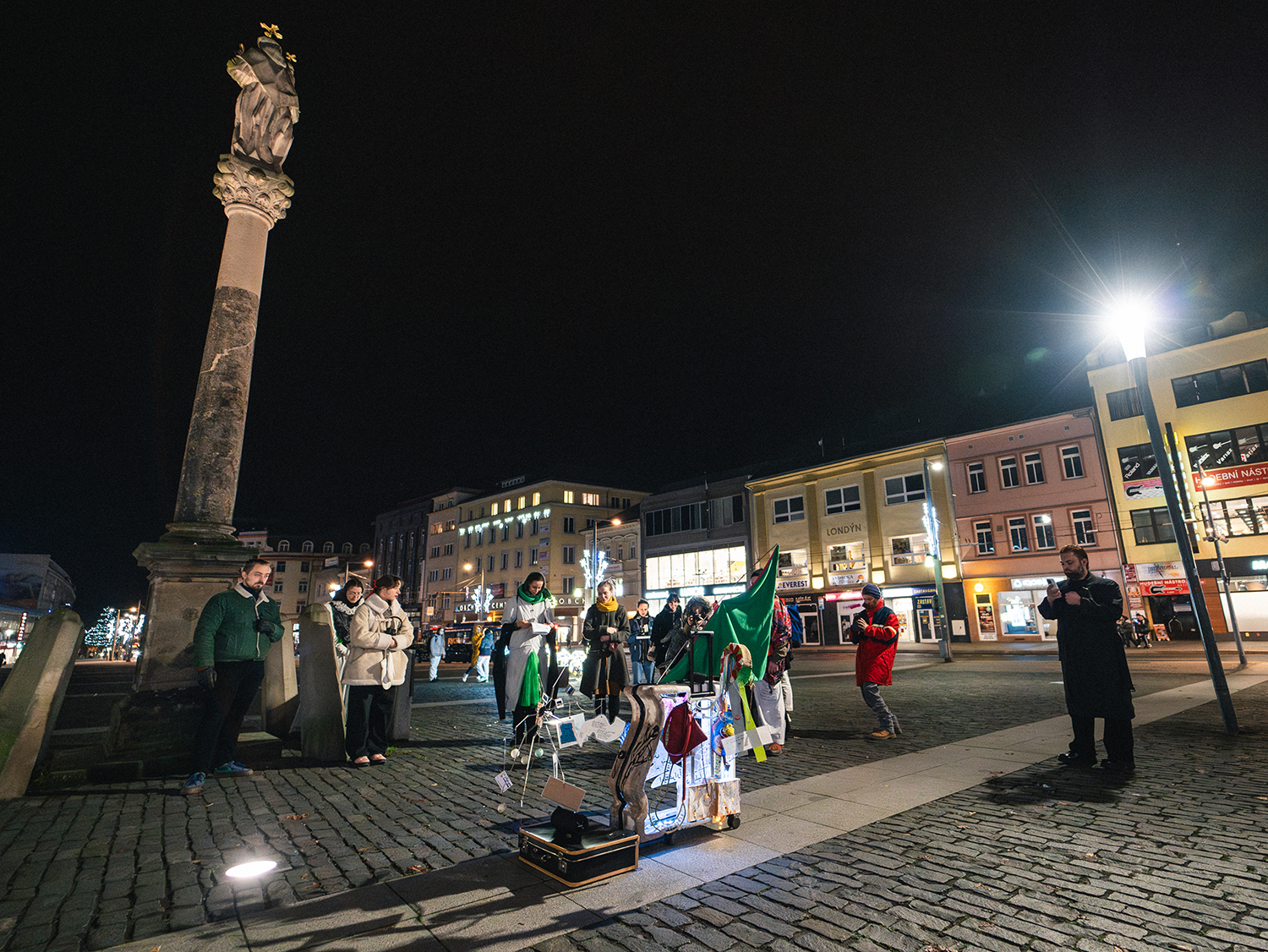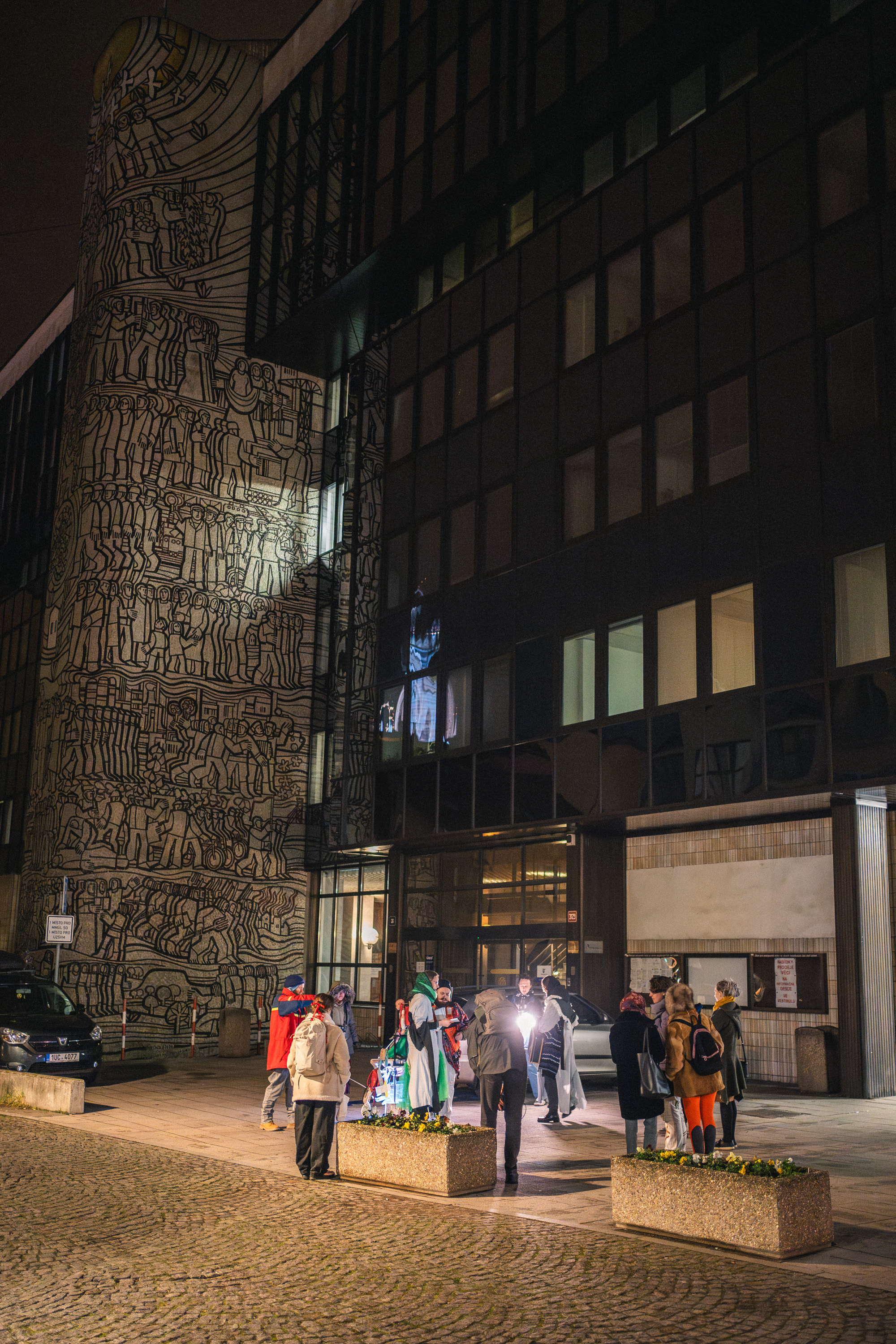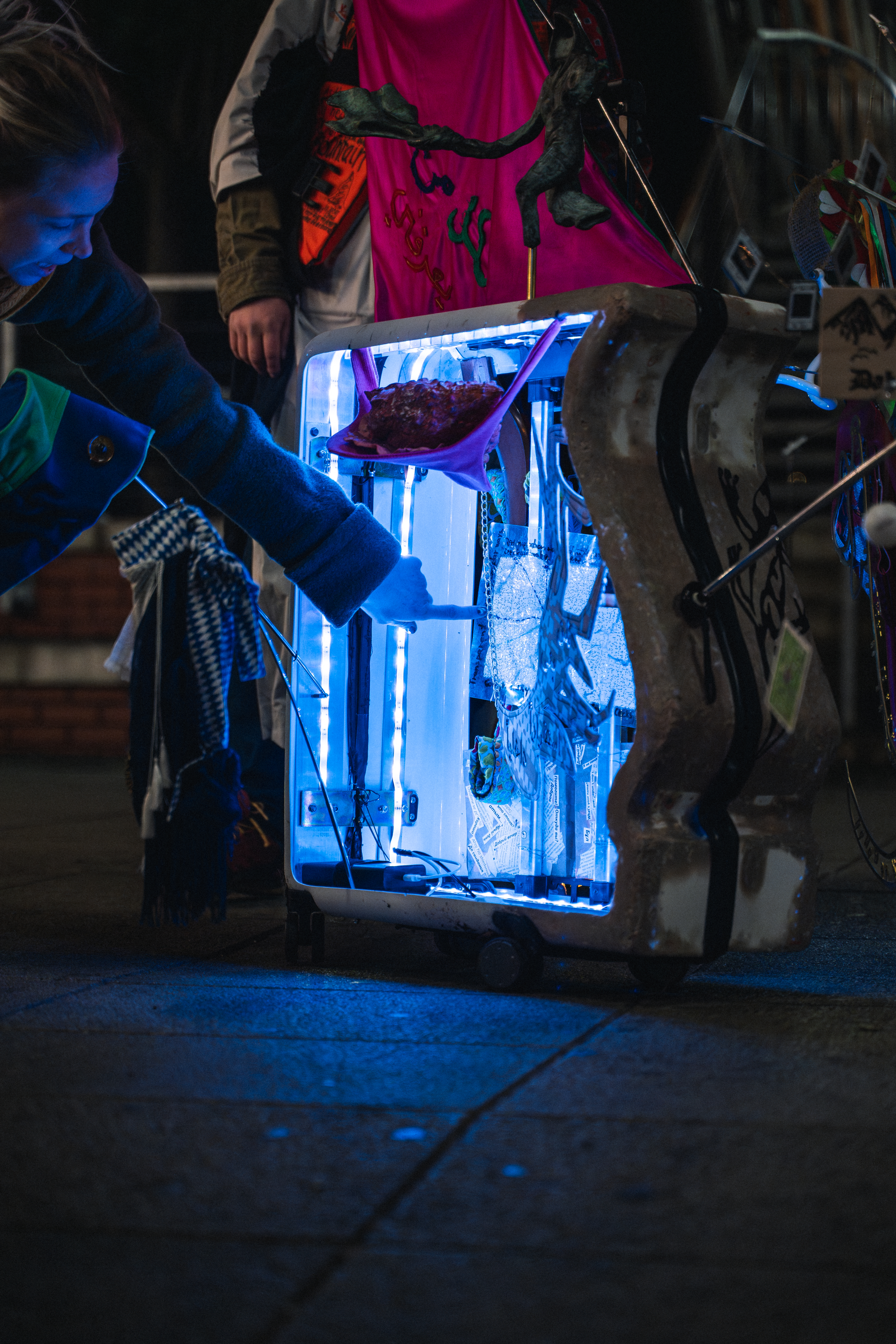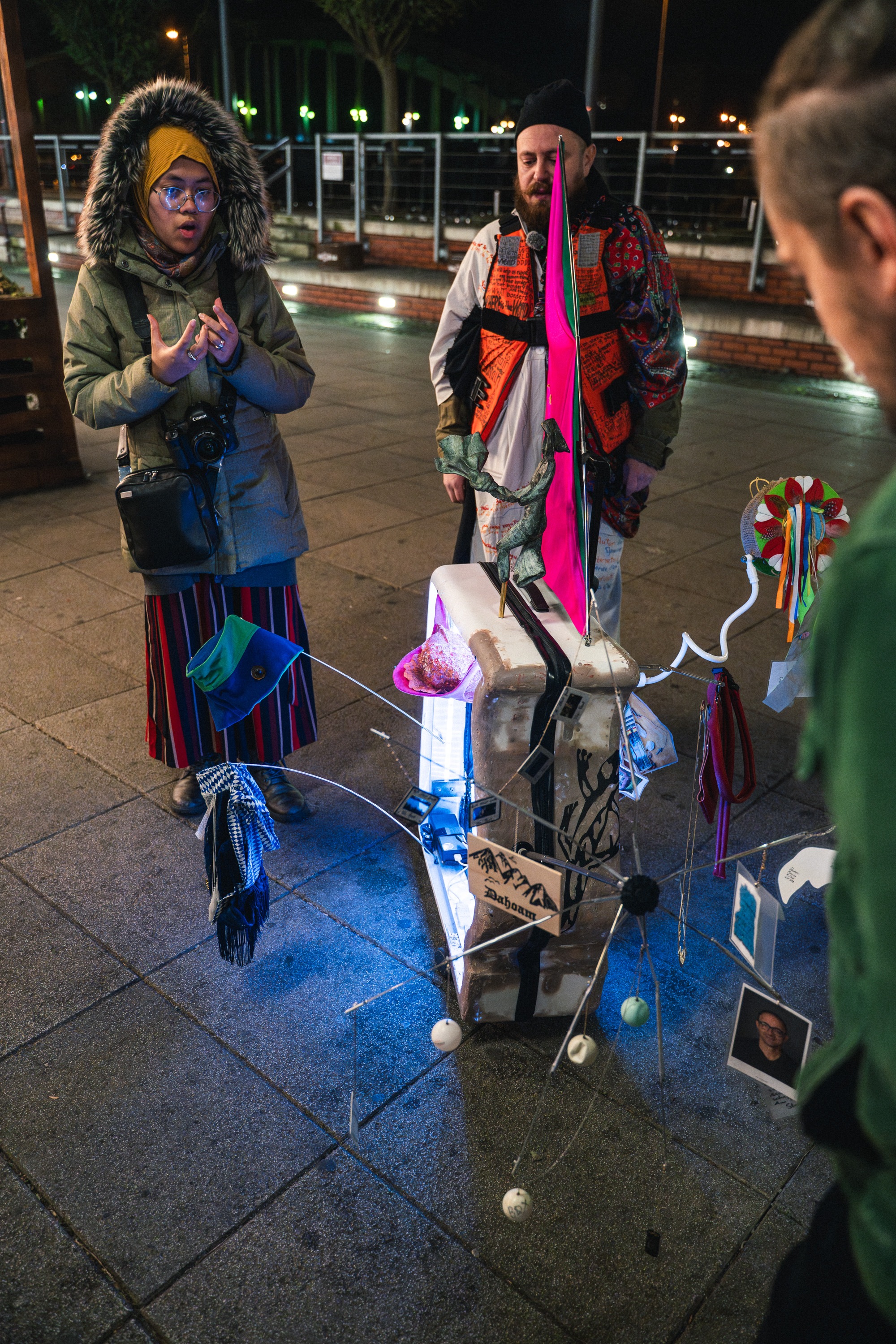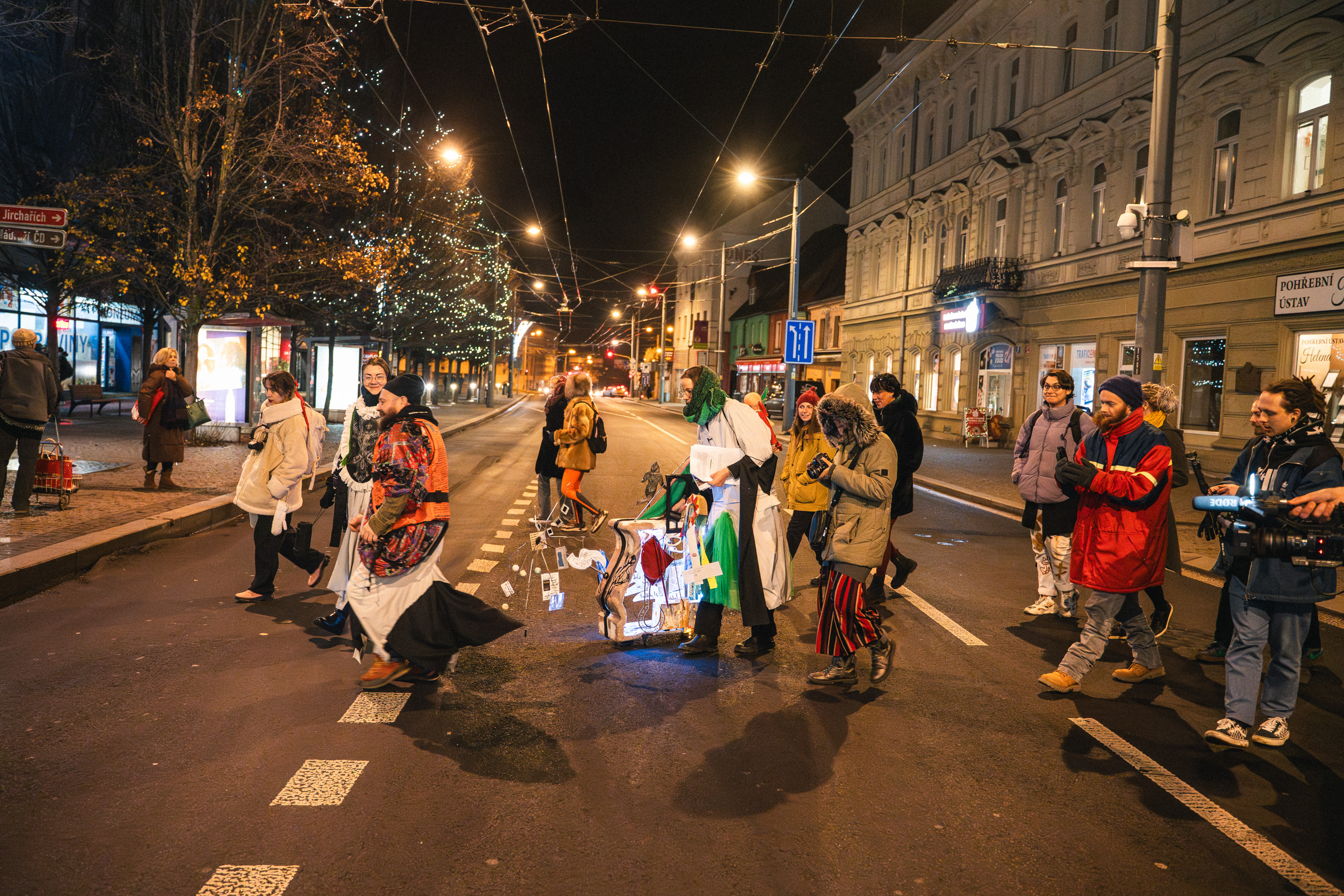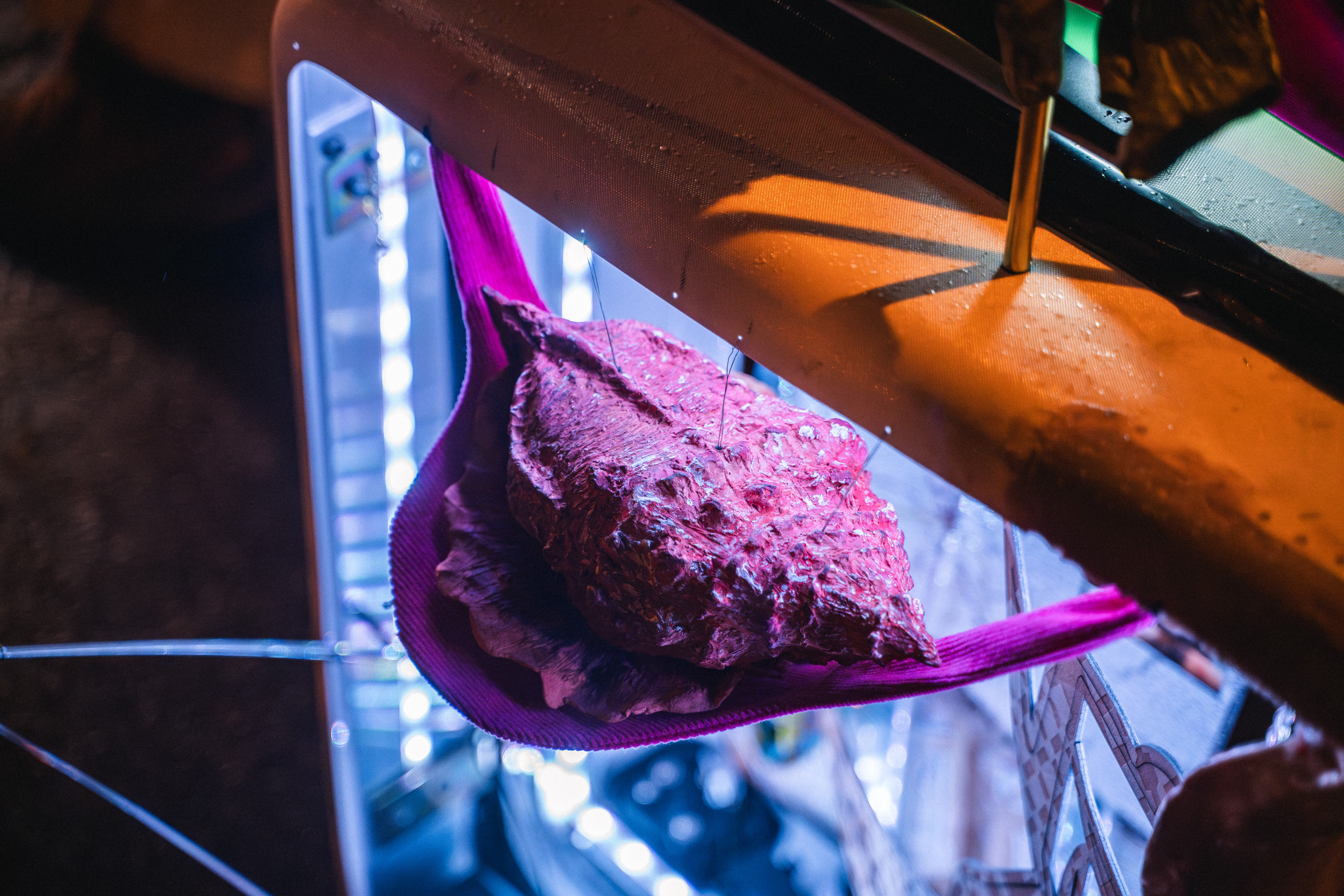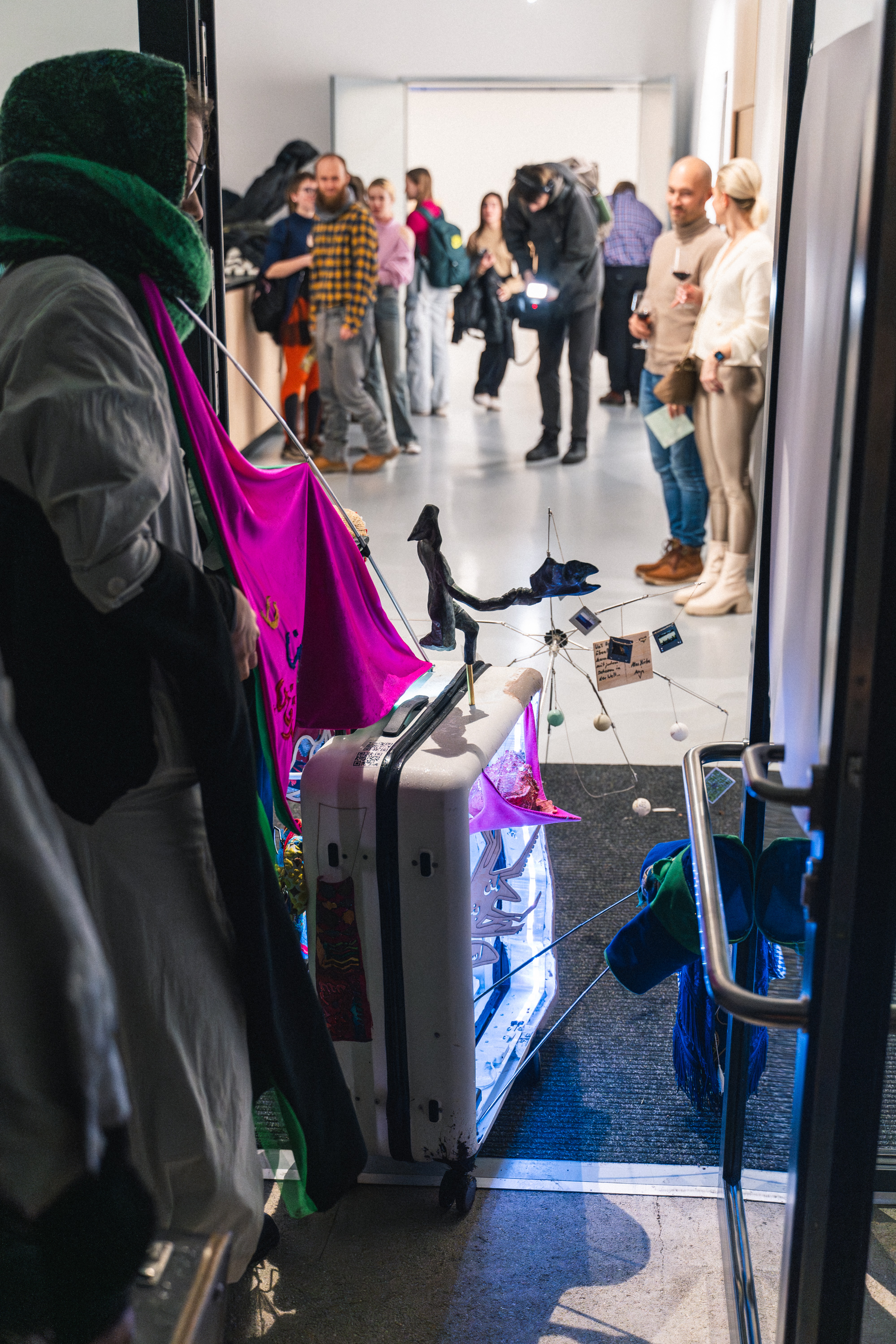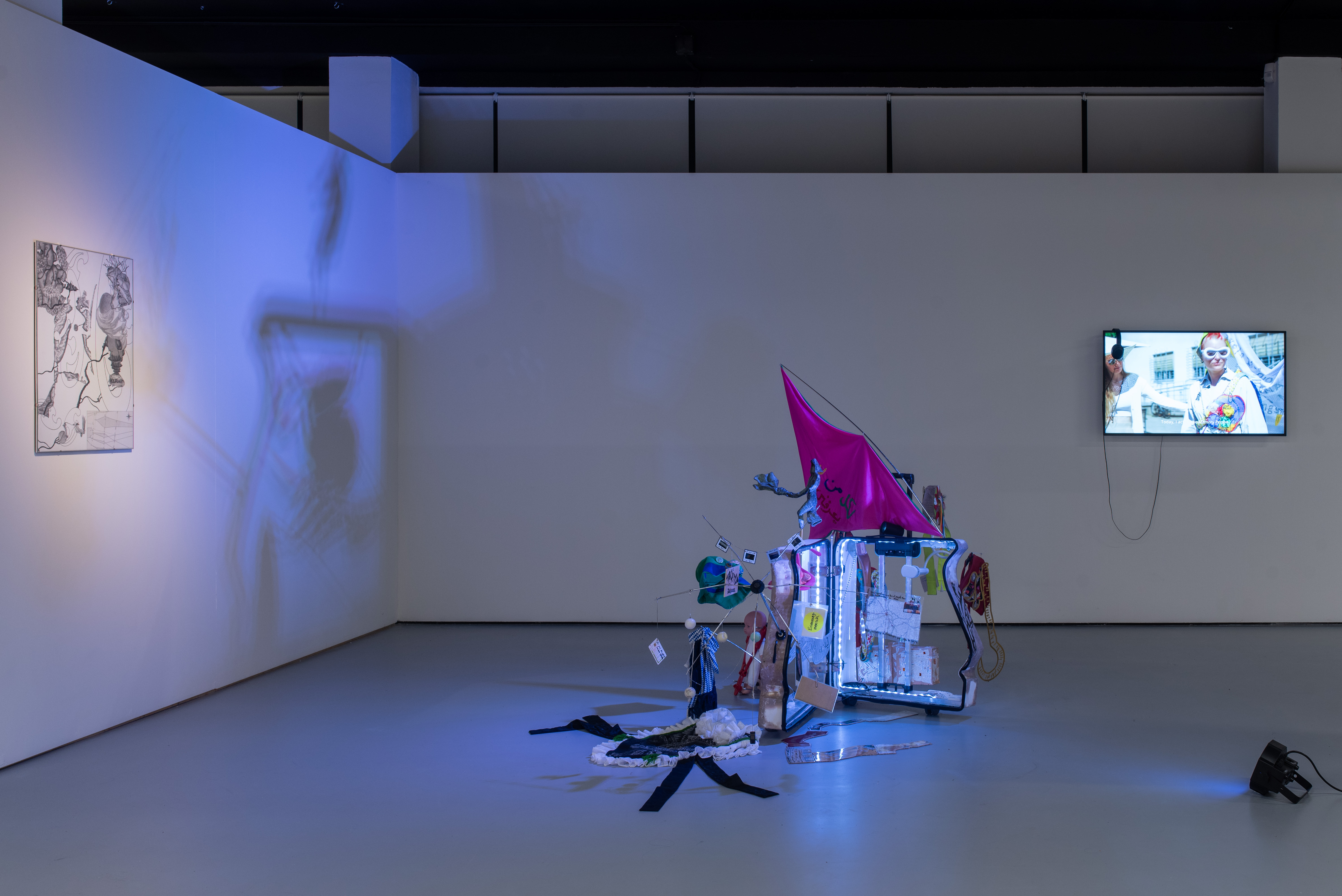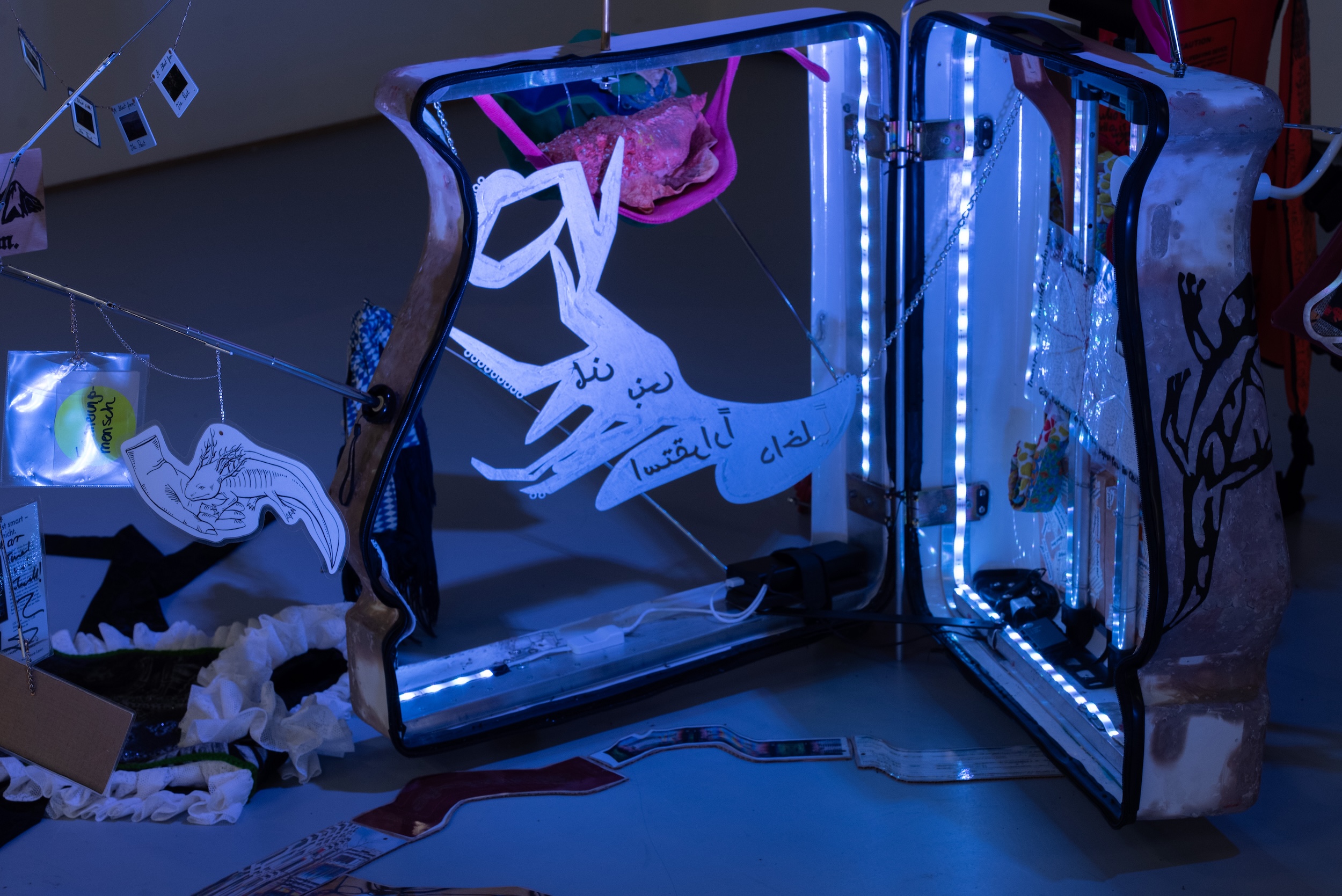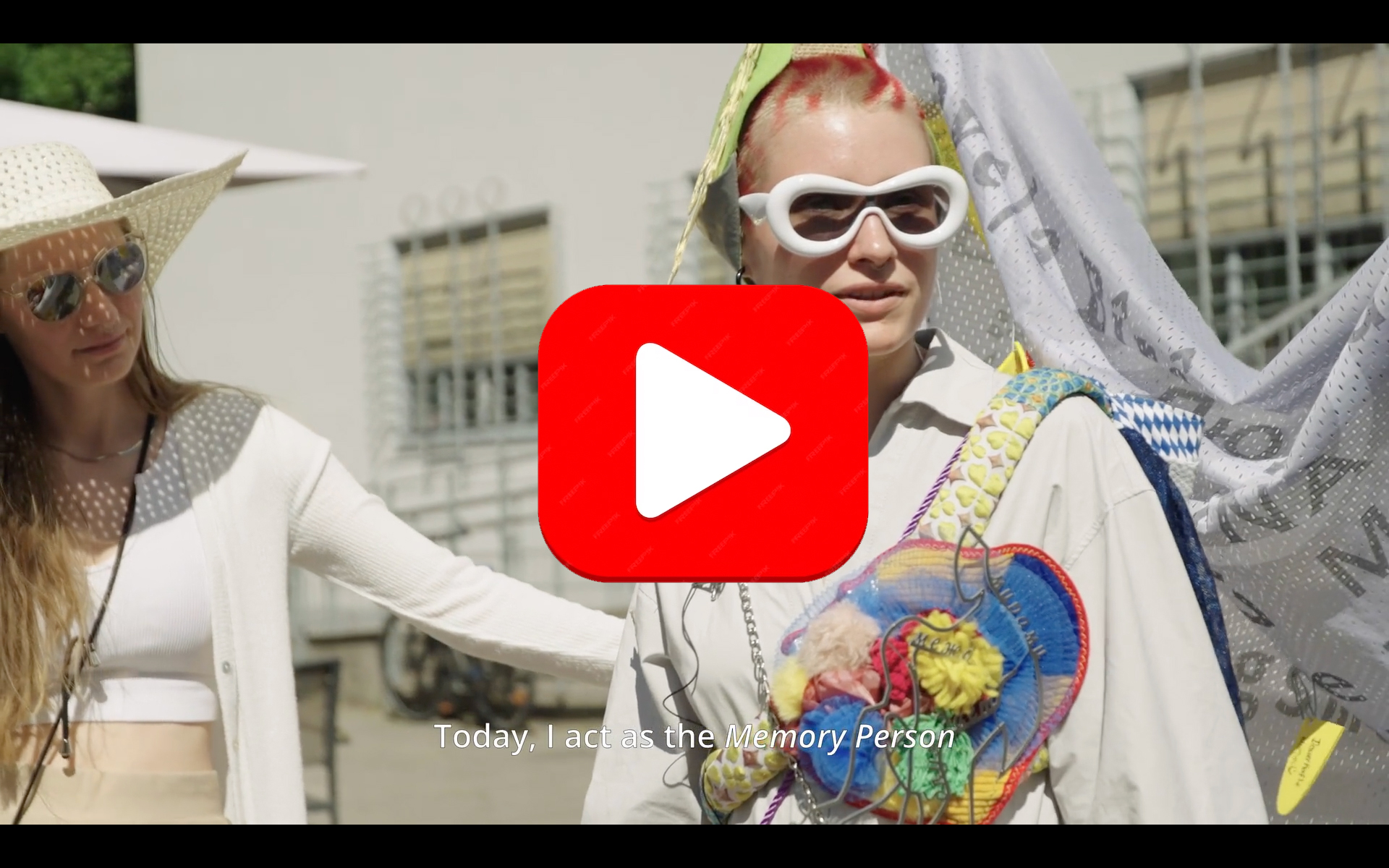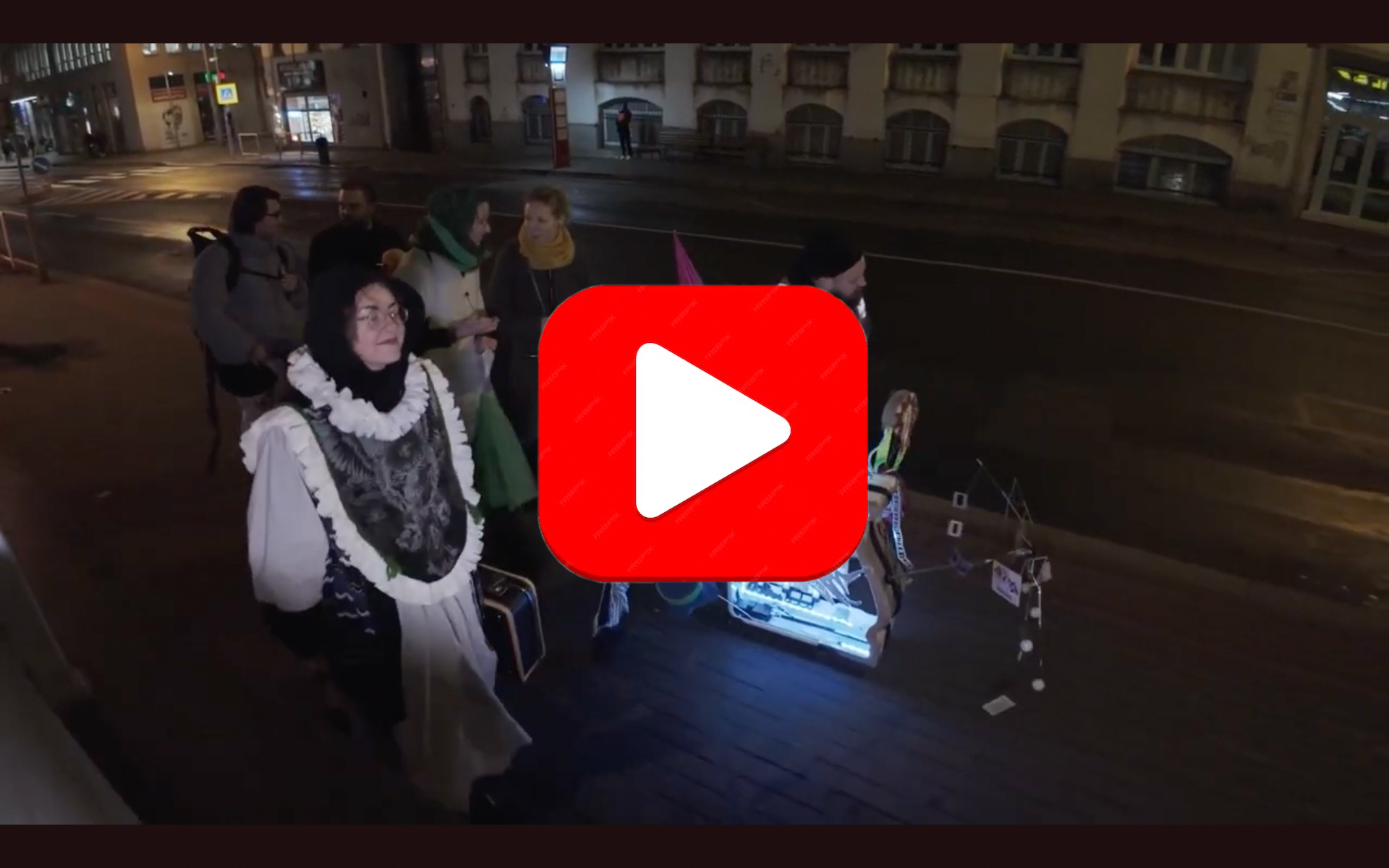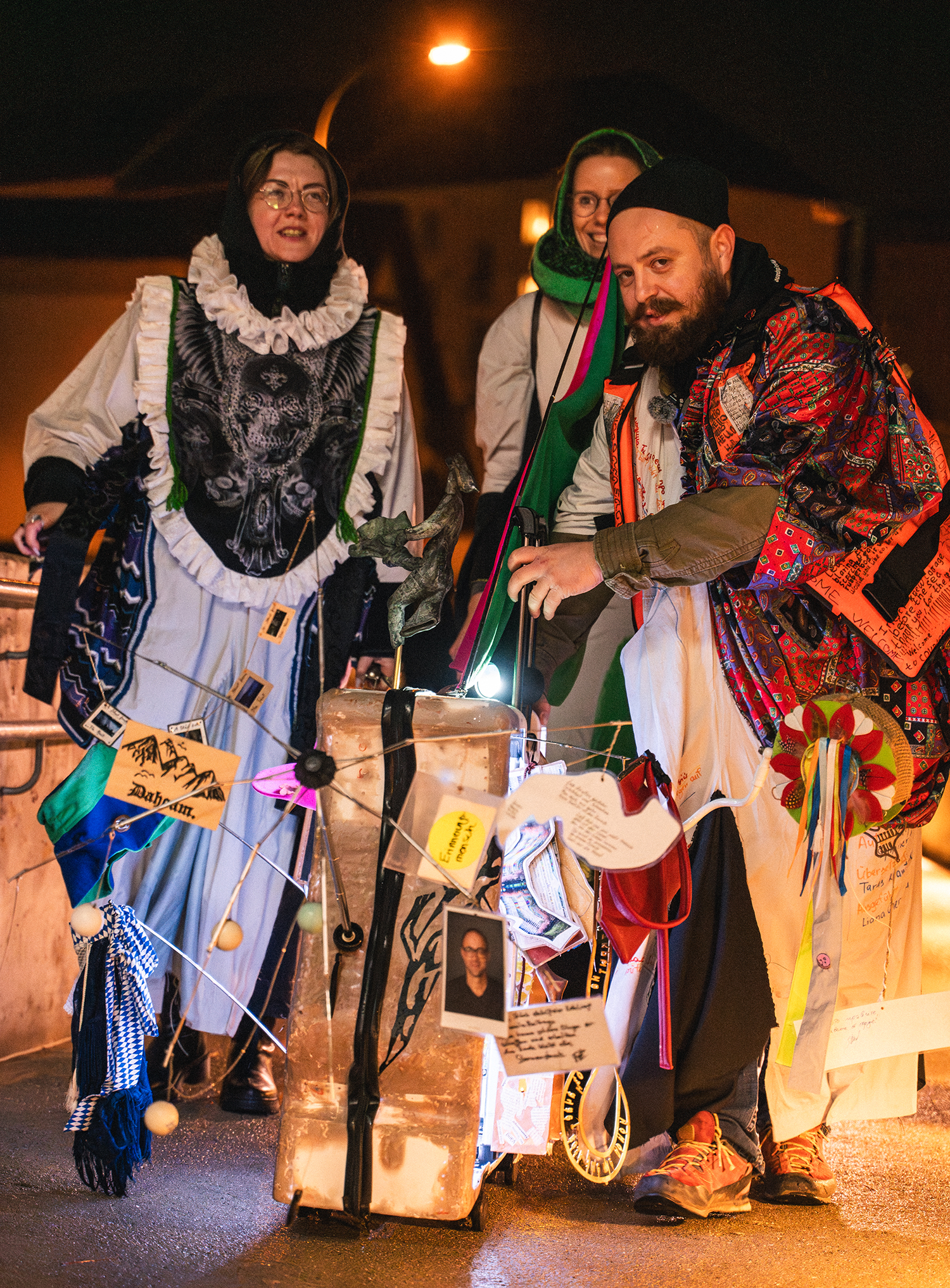Meet The Memory Person
This ongoing project explores local memories related to exile and migration, both past and present, through conversations, archival materials, literature, and architecture. I invite individuals from various migrant groups to participate in workshops. The participants create multimedia objects that bring their memories to life. With permission from the authors, I incorporate these objects and materials into curated city walks, where performers present the objects and share the memories with the audience.
Please visit https://www.memoryperson.com/en for detailed info, newsletter and updates!
Meet The Memory Person – a performative monument
Giesing, Munich (2023 - 2024)
Participatory city walk, Multimedia Objects
Duration: 3h
Concept: Franziska Windolf
Curation: Mareike Schwarz (2023)
Workshop participants: Anick Messerschmitt, Eliza Kokeyan, Elvin Turgut, Emver Retzep Oglou, Franziska Windolf with quotes paraphrasing Adnan Al-Dhahir, Haydar Isik, Ivan Binar, Milorad Vujovic, Wladimir Nikolajewitsch Woinowitsch, Hanna Vasina, Iriet Yusuf, Iriet Yusuf and school children, Kathrin Knöpfle, Katja Kushnir, Ksenia Bykovsky, Leonid Hrytsak, Liana Chernetska, Maisoun Alfarawati, Manuel Friedrich, Mariam Monga, Mehmet “Schlosser”, Miriam Worek, Natalia Shynkarova, Nicolas Wannenmacher, Olena Mytko, Pepi, Ping-Pong group , Seb, Selin Julia Sissiyo, smadlmachts, Su Turhan, Viktoriia Ivasyshyna; some, who wish to be anonymous
Workshops: 14.05.23 @ Kulturzentrum Gorod, Munich; 12.11.2023 @ FLORIDA Lothringer 13, Munich; 15.06.24, 22.06.24, 29.06.24, 06.07.24 @ 103er Freizeitreff, Munich-Giesing
Performers City Walks: Franziska Windolf, Konouz Saeed, Lisavieta Bogushevskaya, Simone Kokou, Viviana Iacob
City walks: 01.06.23, 3pm; 04.06.23, 12am; 11.06.23, 3pm; 13.06.23, 4pm; 19.06.23, 5pm; 24.06.23, 12am; 30.07.24, 6pm; 10.08.24, 3pm; 11.08.24, 3pm; 12.08.24, 6pm; 30.08.24, 6pm; 31.08.24, 3pm
Expandable catalogue Meet The Memory Person in German and English language (2023)
Looking to the future with joy by Magdalena Wisniowska (2025)
static Vol. 3 No. 1, S.11 (2024)
gd:c newsletter (2024)
Open Archive
Project Trailer (2024)
Video documentation Giesing (2023)
Supported by BBK Munich and Upper Bavaria (2023), Department of Culture of the State Capital Munich, Migration Council of the State Capital Munich, District Committee 17 Obergiesing - Fasangarten of the State Capital Munich (all 2024). This project has received funding from the European Research Council (ERC) under the European Union's Horizon 2020 research and innovation program (2023). This project was developed within Franziska Windolf’s fellowship at the Käte Hamburger Research Centre global dis:connect and was initiated by the ERC project ‘Relocating Modernism: Global Metropolises, Modern Art and Exile (METROMOD)’ (2023).
Photo credit: Milena Wojhan, Sandra Singh, Leonid Hrytsak
The Memory Person: A Performative Monument to Migrant and Exiled Creative Individuals
In 2023 and 2024, The Memory Person, a public figure embodied by different performers, served as a unique and interactive public art installation in the Giesing district of Munich. This ongoing project aims to preserve and celebrate the memories of exiled creative individuals from various backgrounds, fostering a connection between the past, present, and future.
Collecting and Sharing Memories and Stories
I published open calls within local migrant networks and among residents of the city part relevant to the project, inviting individuals with relation to exile and migration to participate in the “Meet The Memory Person” workshops. Participants created mementos that materialized their experiences and memories in portable multimedia objects. You can read about the mementos here. During the curated city walk, the “Memory Person” performers introduced historic sites with a history of exile and migration. They engaged with current residents of Giesing in the public space to further collect personal memories and stories and to share the memories embodied in the workshop creations. These creations, now for public display in the digital Open Archive and the expandable catalog, highlight the often-overlooked contributions of exiled and migrant creative individuals to the cultural, economic and social fabric of the city Munich.
A Walking Monument
Revisiting Karl Valentins Münchner Originale and iconic Reklamemensch, the Memory Person displays the mementos and poetic dedications on their clothing during public and participatory walks through the neighborhood. These items serve as visual cues, prompting conversations and exchanges with passersby. In return for sharing their memories and experiences, residents received one of these mementos, creating a tangible connection to the project and fostering a shared history.
A Polyphonic Approach to Commemoration
The Memory Person challenges traditional notions of commemoration by connecting different events, localities, perspectives and experiences. The project aims to create a more inclusive and multifaceted understanding of memory culture, enacted by sharing the memory and collecting the mementos.
![]()




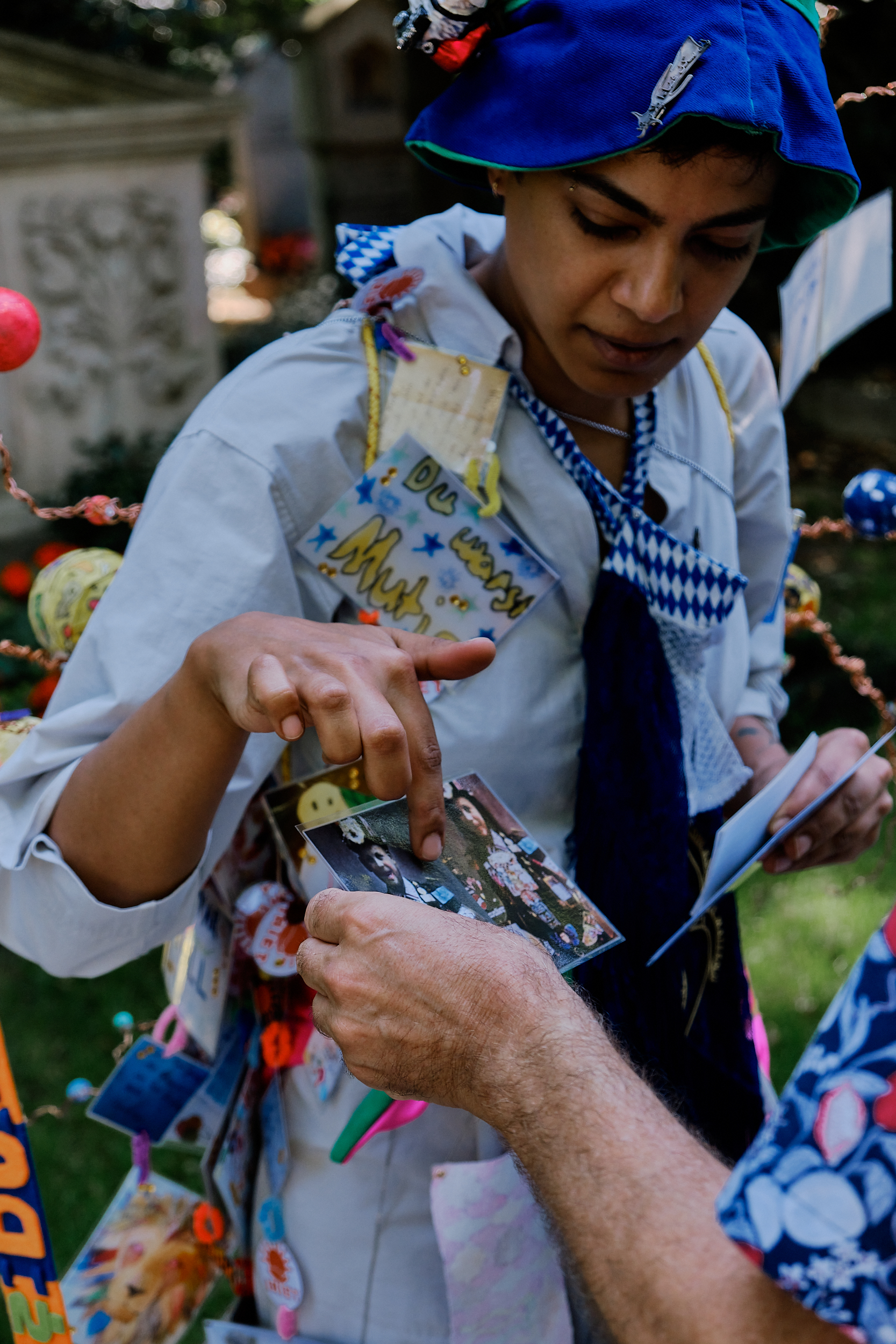

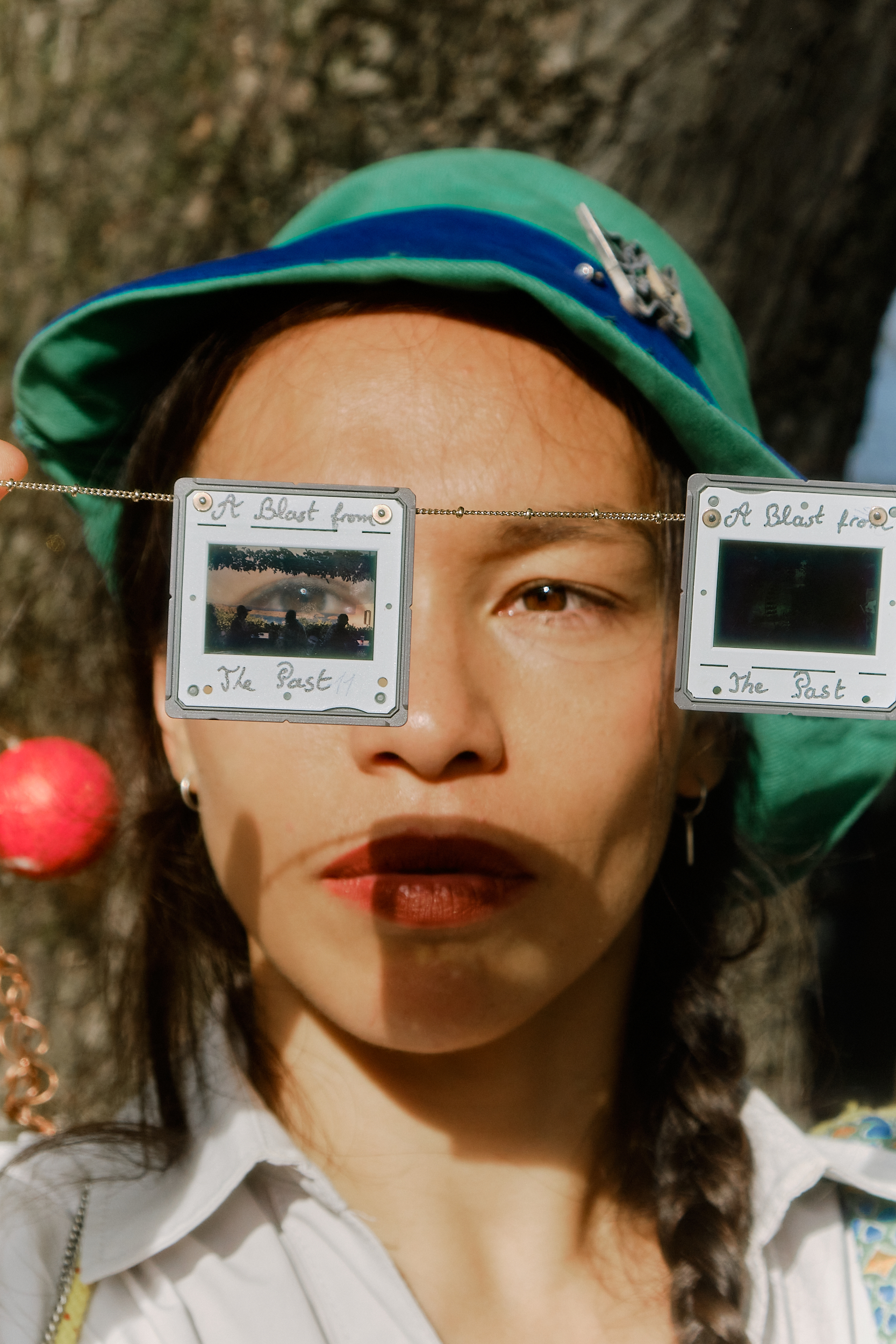



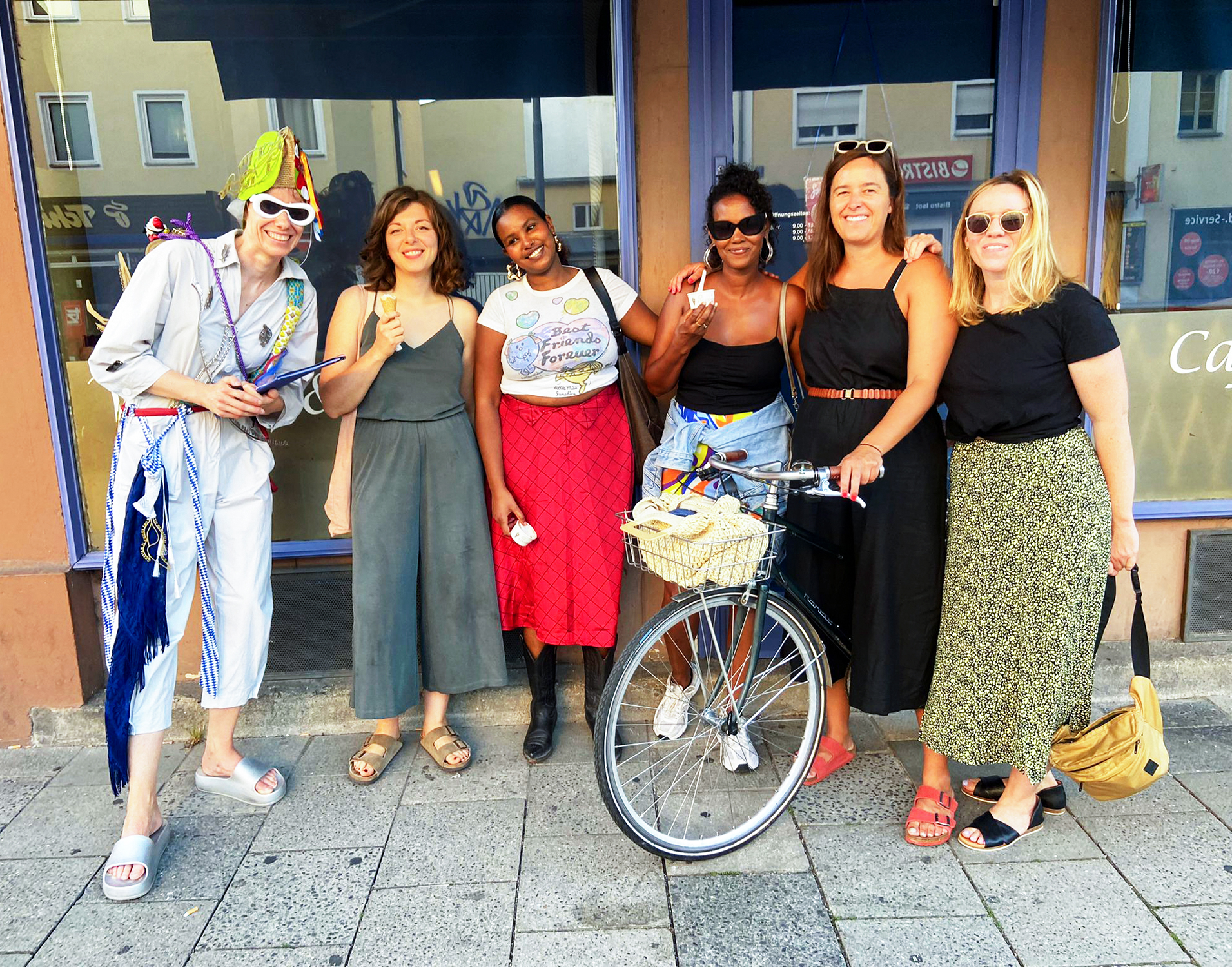


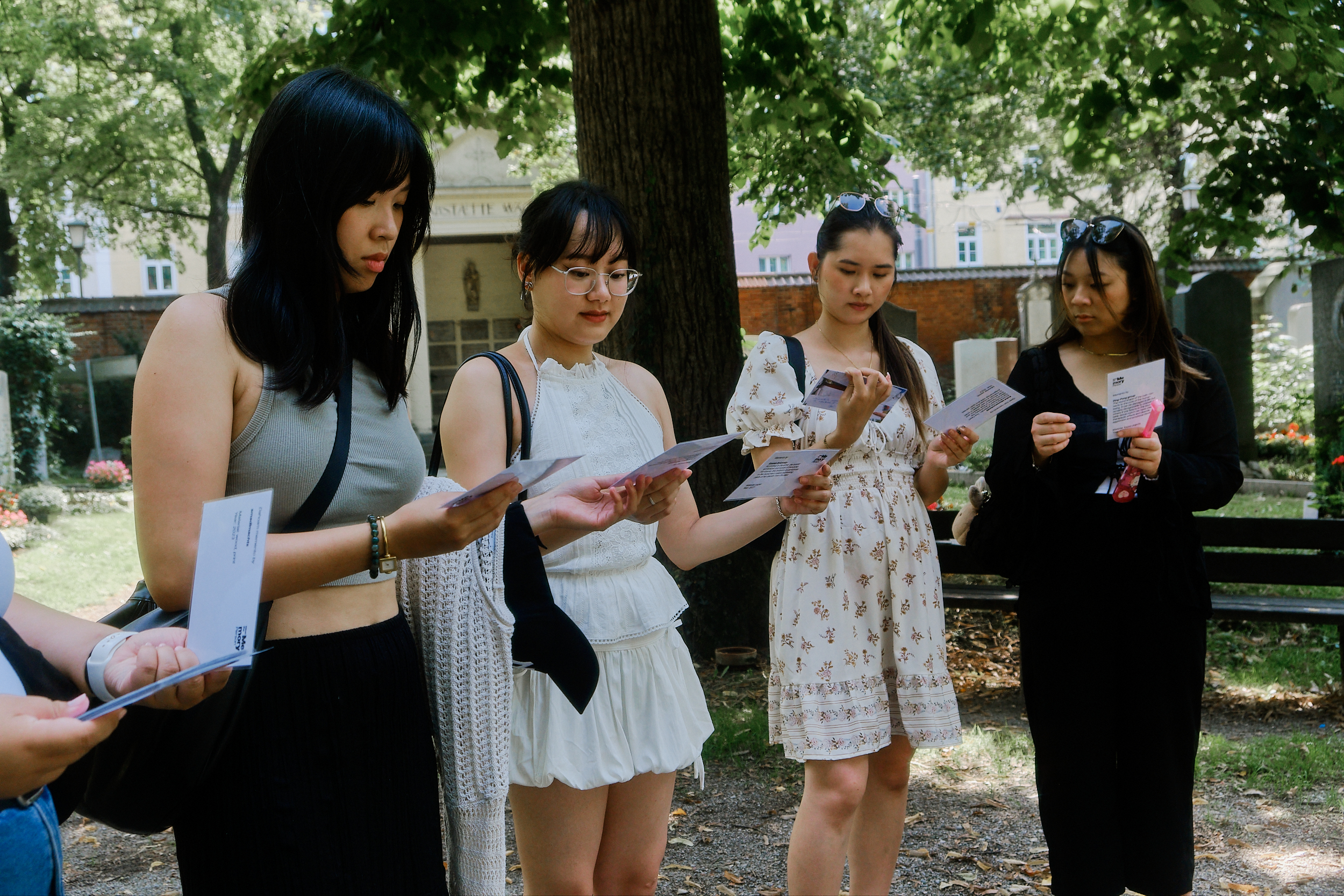

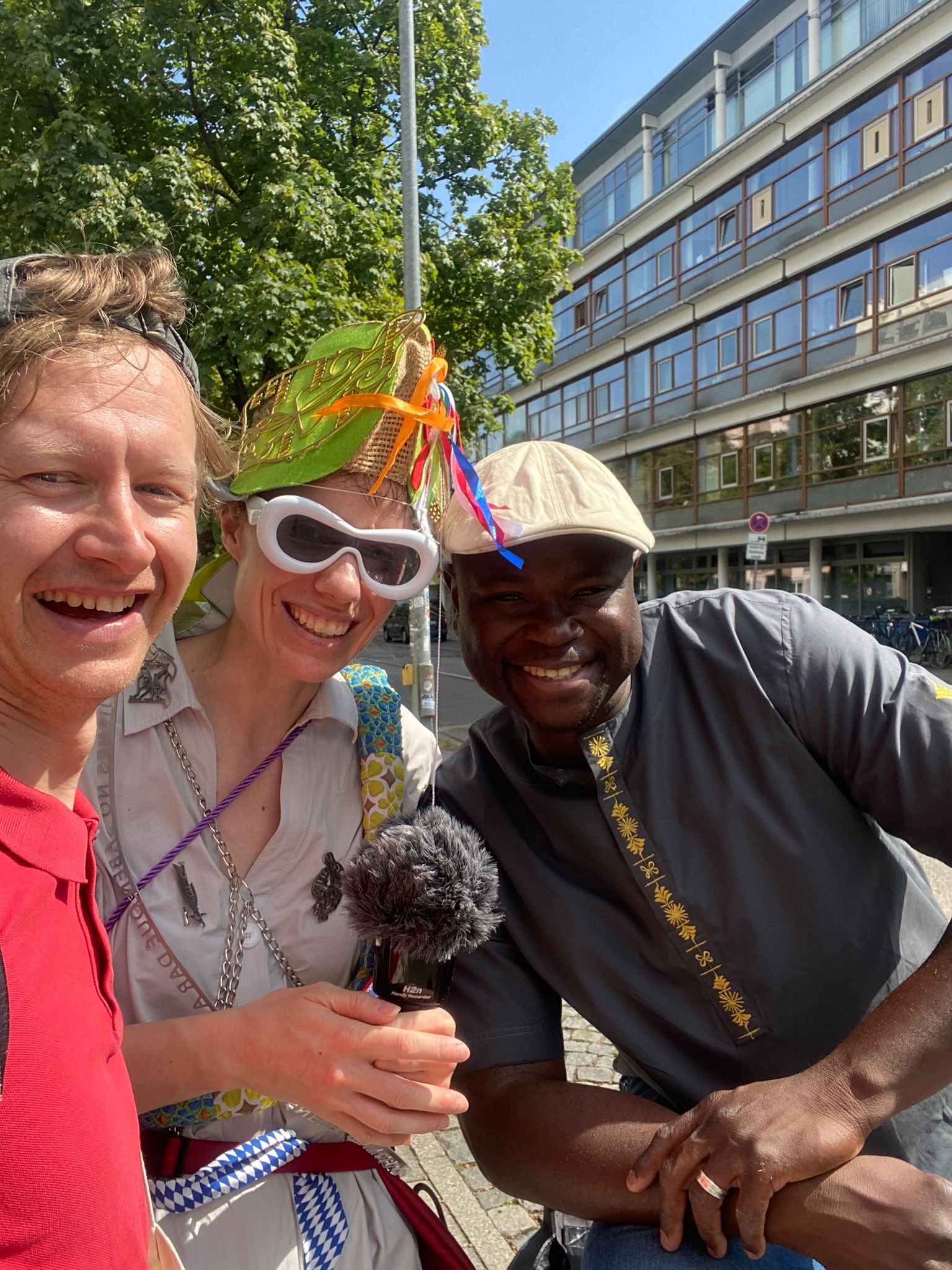





You can read more about the mementos on the photographs here, and the city walk here.
Meet The Memory Person – a performative monument
Ústí nad Labem (2024)
Participatory city walk, Multimedia Objects, Light-box suitcase, 4 sound compositions
Concept: Franziska Windolf
Duration: 3h
Workshop participants:
Alexey Yevets, Dmitrii Ostrtsov, Halina Prakapenka,
Hammoud Radwan, Matyáš Slabý & Barbora Šubrotová &
Jakub Klimeš, Polina Nagurnaia, Simona Pekařová, Sudipa
Roy
Workshop: 02.12.24 @ Jan Evangelista Purkyně University in Ústí nad Labem Faculty of Art and Design
Performers City Walk:
Franziska Windolf, Jegor Kondratyuk, Polina Khatsenka
City Walk: 04.12.2024, 5pm
Sound compositions: Polina Khatsenka
Light-Box Suitcase with mementos exhibited at House of Arts, Ústí and Labem at IDENT
4. 12. 2024 – 8. 3. 2025
Catalog in Czech and English language (p.16)
Video documentation Ústi nad Labem (2024)
Supported by Schafhof Europäisches Kunstforum Oberbayern and House of Arts, Ústí nad Labem
Photo credit: Filip Trubac, Jiri Dvorak
The Memory Person's journey continued in October 2024 with an artist residency at the House of Arts in Ústí nad Labem, Czech Republic. The residency concluded with a workshop, a public performance, and the IDENT exhibition (4 December 2024 - 8 March 2025).
The city walk, hosted by the Memory Person performers Polina Kathsenka, Jegor Kondratyuk, and Franziska Windolf, began at the central station and rounded off at the House of Arts. The walk featured a modified lightbox suitcase, which served as a central element of the performance.
Polina Kathsenka explored themes of migration, transportation, and change through five sound compositions. These compositions utilized samples from shellac records dating back to the early 20th century, providing a unique and intimate connection to the local soundscapes of a bygone era. These recordings were made possible thanks to the generous assistance of Dr. Kaiser and Petr Karliček, who provided access to the Ústí nad Labem city archive.
Jegor Kondratyuk presented a collection of mementos housed within the suitcase. These objects, created both in Munich and Ústí nad Labem, offered a glimpse into the diverse histories and experiences in the context of exile and migration of the city's inhabitants.
I drew upon my research engaged in during the residency period, introducing the historical significance of various sites along the walk.
![]()

